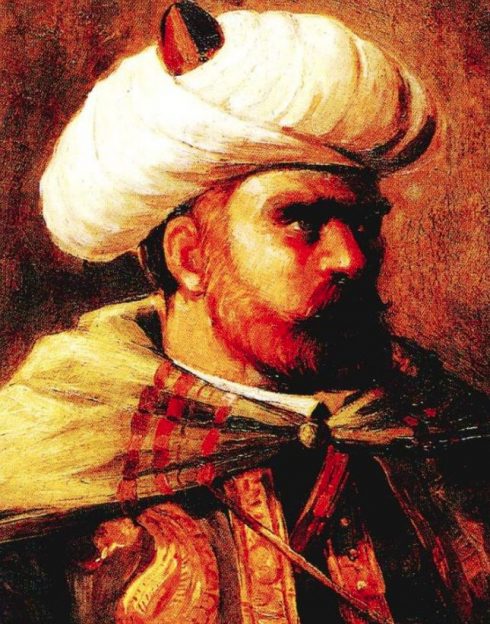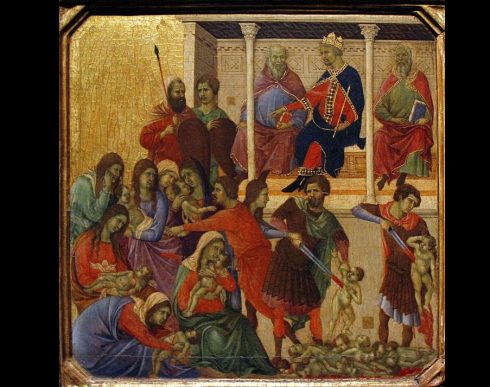BACKDROPPED by the timelessly rugged Sierra de los Zorros with the sparkling Med lapping at its front door, the Valencian holiday city of Cullera looks as if it has always been this serene and blessed – the perfect spot to drink in the views over a cocktail or three.
However, a little under 500 years ago, the spectacle confronting you across its wide sweeping bay would not have prompted you to linger: galleons on the horizon, heading for shore; canon fire; men disembarking with swords and cudgels primed; screams, bloodshed, plunder; friends and family dragged off by strangers to face enslavement or death…
The author of this surprise siege was the infamous Ottoman pirate Turgut Reis, self-styled Dragut, The Drawn Sword of Islam. Hailed as a military mastermind and branded ‘the uncrowned king of the Mediterranean,’ this fearsome corsair terrorised the region for decades in the 16th century, ransacking cities and hijacking ships.

Infuriated by the havoc he was wreaking, Charles V even appointed an admiral to pursue Dragut throughout the Mediterranean. But the brazen buccaneer eluded capture and continued to pillage settlements in the region for another two decades.
As may be expected of a freebooting corsair, Dragut led a tumultuous life. Born in 1485 on the Aegean coast of Turkey to parents of Greek or Turkish descent, he was recruited as a child soldier into the Ottoman army at the tender age of 12, by virtue of his skill with spears and arrows.
Over the next 15 years, he sailed around the Western Mediterranean with various fleets, learning the arts of warfare during campaigns and conquests. Revered for his sharp eye as a cannoneer, Dragut rose quickly through the naval ranks – though his buccaneering life only began in earnest in 1520, when he joined the crew of legendary corsair Hayreddin Barbarossa (Red Beard), the most feared pirate in the civilised world.
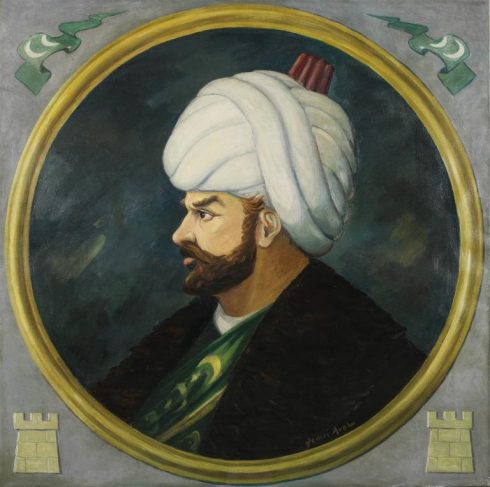
It was a match made on the high seas, so to speak, forging a partnership of pirates who were as infamous in their day as Bonnie and Clyde or Frank and Jessie James, centuries later.
Captain Barbarossa took Dragut under his wing and soon granted him a fleet of 12 vessels, cementing a friendship that would change the course of history. For the next 20 years, the pair sacked cities and took Christian outposts all over the Mediterranean.
And when Dragut was captured by Genoese forces in 1544, Barbarossa even paid a ransom of 3,500 gold ducats, the equivalent today of €500,000, freeing his friend after nearly four years in prison.
Worn out by his life of plunder, Barbarossa retired in 1545, allowing Dragut to succeed him as the most formidable pirate in the Mediterranean. His ensuing voyages took him all over the region, from Malta to Sicily, Calabria, Tunisia and the ports of Sardinia. Although believed to have been a practising Muslim, Dragut did not distinguish between Christians and his own kind when razing settlements to the ground, enslaving inhabitants in their thousands and turning towns into ghost towns.
Which is precisely what occurred on May 25, 1550, when Dragut laid siege to Cullera. Legend has it that an exchange of prisoners took place in a local cave during the attack, which now houses the unique Dragut Museum.
There, you can learn all about the corsair’s reign of terror, including the epic siege of Malta in 1565 where ‘the greatest pirate warrior of all time’ met his end.
So, if you are sitting today on Cullera’s beach, thinking that we are living in turbulent times, take a few moments to enjoy the view. After all, it has not always looked this way.
The Barbary Pirates
Also known as the Ottoman or Barbary corsairs, these Muslim pirates conducted devastating raids throughout the Mediterranean between the 16-19 centuries, though their predation extended right up to Iceland. They mostly operated from ports in North Africa, known as the Barbary Coast, and their main plunder was slaves for the Ottoman and Arabic markets.
Three faces of terror
Besides Dragut and Hayreddin Barbarossa, there were several Barbary corsairs who terrorised European cities in their hunt for slaves.
Oruc Barbarossa (c. 1474-1518) – elder brother of Hayreddin and perhaps the most notorious pirate in history. Oruc had a predilection for sacking Spanish territories, and the Barbarossa brothers raided Andalucian settlements in 1512. However, the Spanish had the last laugh, as they killed Oruc six years later – and put his corpse on display.
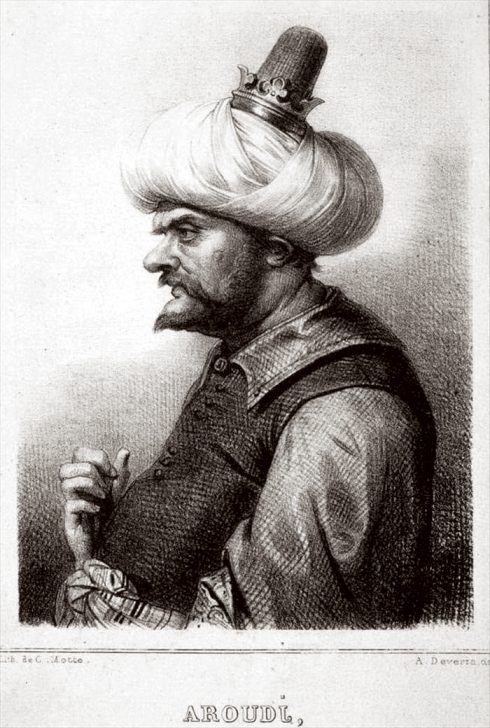
Sayyida al-Hurra (1485-1561) – female Muslim cleric and cofounder of the Barbary Corsairs. Born in the Emirate of Granada, al-Hurra fled for Morocco at a young age to escape the expansion of Christian kingdoms, known as the Reconquista. She then turned to piracy and waged war against her expellers, gathering such wealth and renown that the Sultan of Morocco asked for her hand. The corsair consented, but on the condition that she choose the place of their marriage. You could say that al-Hurrar lived up to her name, which means a ‘noble lady who is free and independent.’
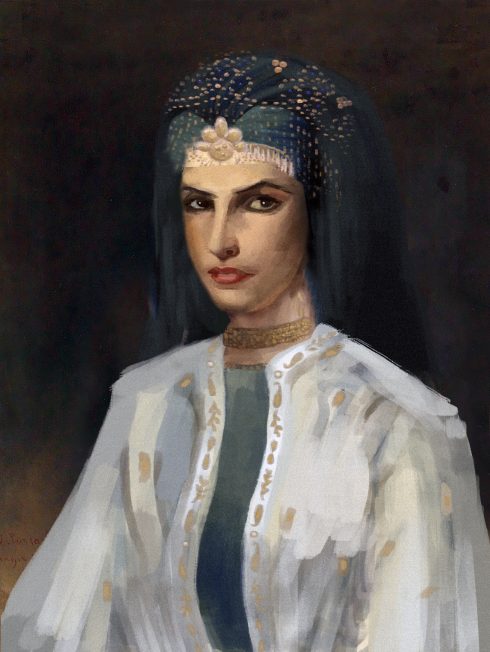
Captain Jack Ward (1553-1622) – English renegade who turned to piracy after fighting for Queen Elizabeth during her war against Spain. Described by the English ambassador to Venice as ‘the greatest scoundrel that ever sailed from England,’ Ward converted to Islam in 1608 and quickly accumulated enormous riches. He also introduced heavily armed, square-rigged ships to the North African coast, contributing to the dominance of Barbary Pirates in the Mediterranean.
